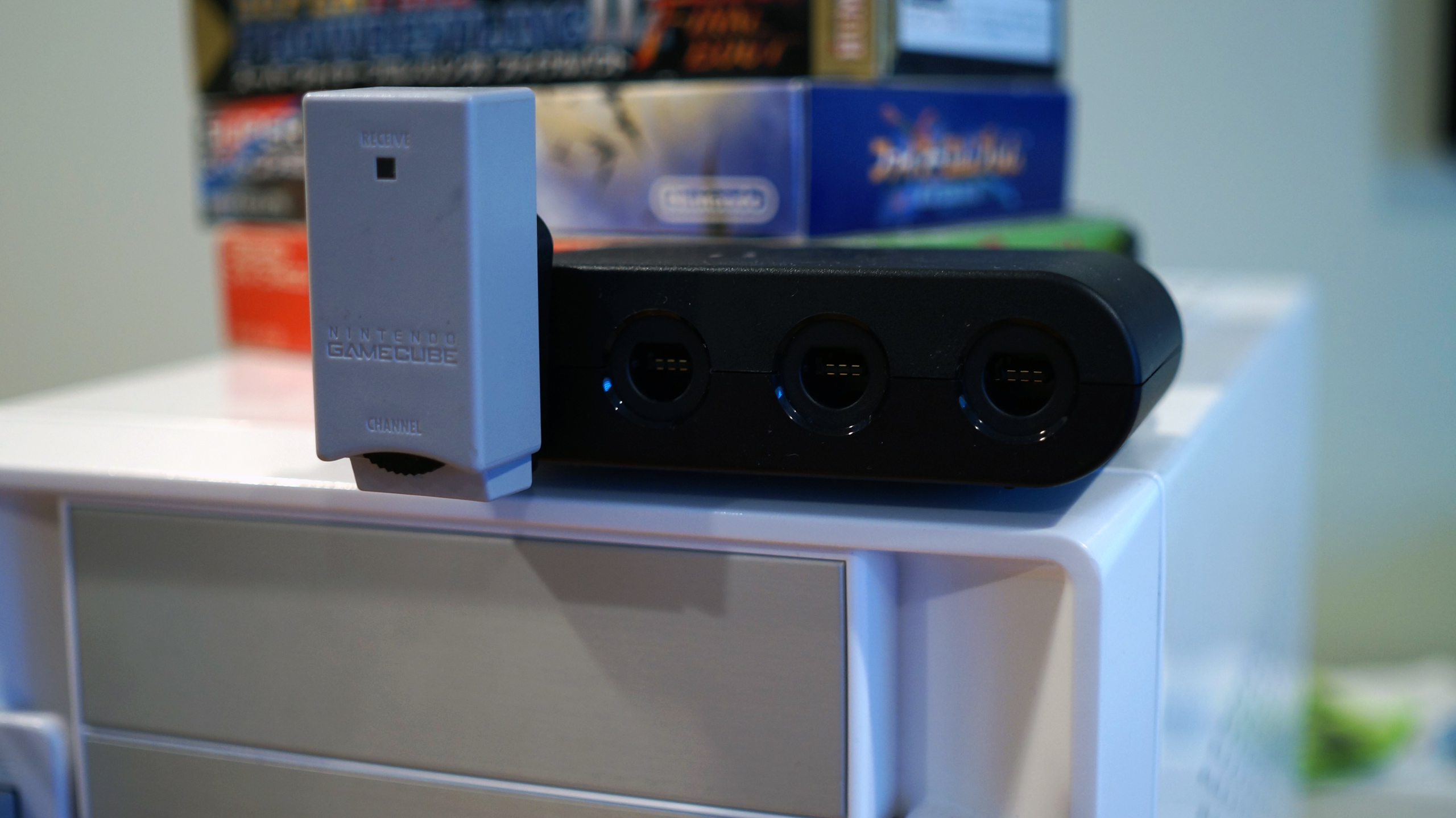

It provided a High Speed USB 2.0 interface to connect to the Developers PC which allowed very fast transfer of Game assets for previewing on the Gamecube hardware 8. This has the advantage of being a cheaper solution than buying asset creators their own NPDP-GBOX and so they didn’t need to share time with other programmers and Testers on the team. The main purpose of this unit however was for Assert creators (Graphics artists, Sound engineers, 3D Animators etc) to preview how their game assets would look (or sound) when played on real Gamecube hardware. It connected to the bottom of the NPDP Reader console and enabled communication with a development PC over a RS-232 cable, making it similar to the NPDP-GBOX. Intelligent Systems have a history of creating IS-Viewer cartridges for Nintendo consoles such as the Nintendo 64 and the Gamecube was no different. Jeff /oGPiGzIadZ- Developer Jeff 🕹️ MaNPDP-ODEM PCI card - Optical Disk Emulation via PC If you have any questions, thoughts, or conerns please drop them below.! So heres a bit better quality image of the elusive Nintendo Gamecube GDEV Prototype "Beta Release" With Beta ODEM & Beta USB Adapter Module.
#NINTENDO GAMECUBE USB ADAPTER DOLPHIN FULL#
It did not run at full speed initially, but this unit was upgrades to run at full Gamecube speed later down the line. Prototype NPDP-GDEVĭeveloper Jeff managed to find an extremely rare prototype NPDP-GDEV which would only have been sent to a select few developers in the early stages of the Gamecube. This was much faster for development as there was no need to write a cartridge every single time and updates could be fairly quick.

The main benefit of this unit was the built in NPDP-ODEM companion card, this allowed it to connect to a PC with the NPDP-ODEM PCI card and stream game data directly from the PC instead of using the NPDP cartridge. It is aimed at programmers directly and allowed standard debugging features such as breakpoints and memory editing. to control which game will be inserted, including a small LED panel displaying the number of the current game. As the NPDP cartridges could store up to 3 different games there is buttons. It has four standard Gamecube ports on the front, a cartridge slot for NPDP cartridges and DIP switches which control the region (PAL/NTSC-J etc). The GDEV unit was built using an Orca board, which was the name of the board used for very early prototype Gamecube development 5.


 0 kommentar(er)
0 kommentar(er)
